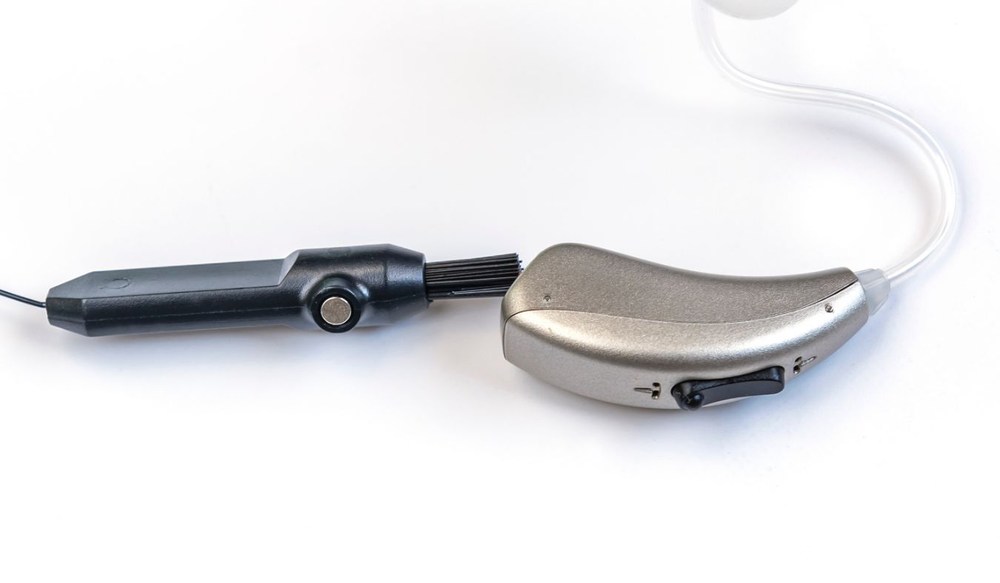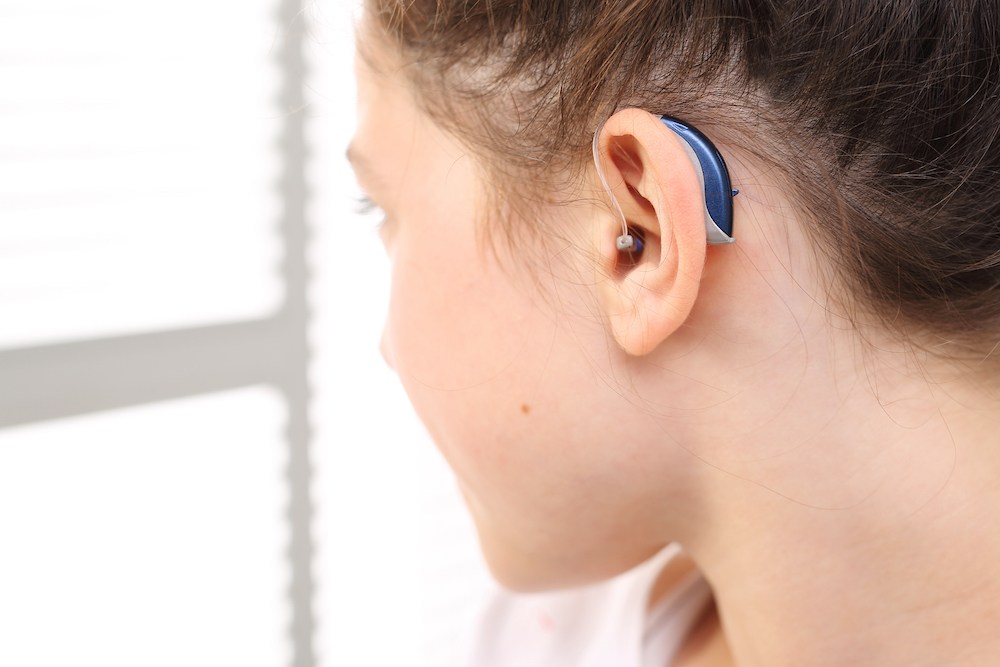The Role of Big Data in Hearing Aid Development
Hearing care has changed significantly over the past few decades. What was
Now Serving Bremerton & Welcoming Patients from Audiologists NW! Schedule Today →


Hearing care has changed significantly over the past few decades. What was

Your hearing is connected to your overall health in ways many people

Clear hearing affects independence, safety and quality of life in
